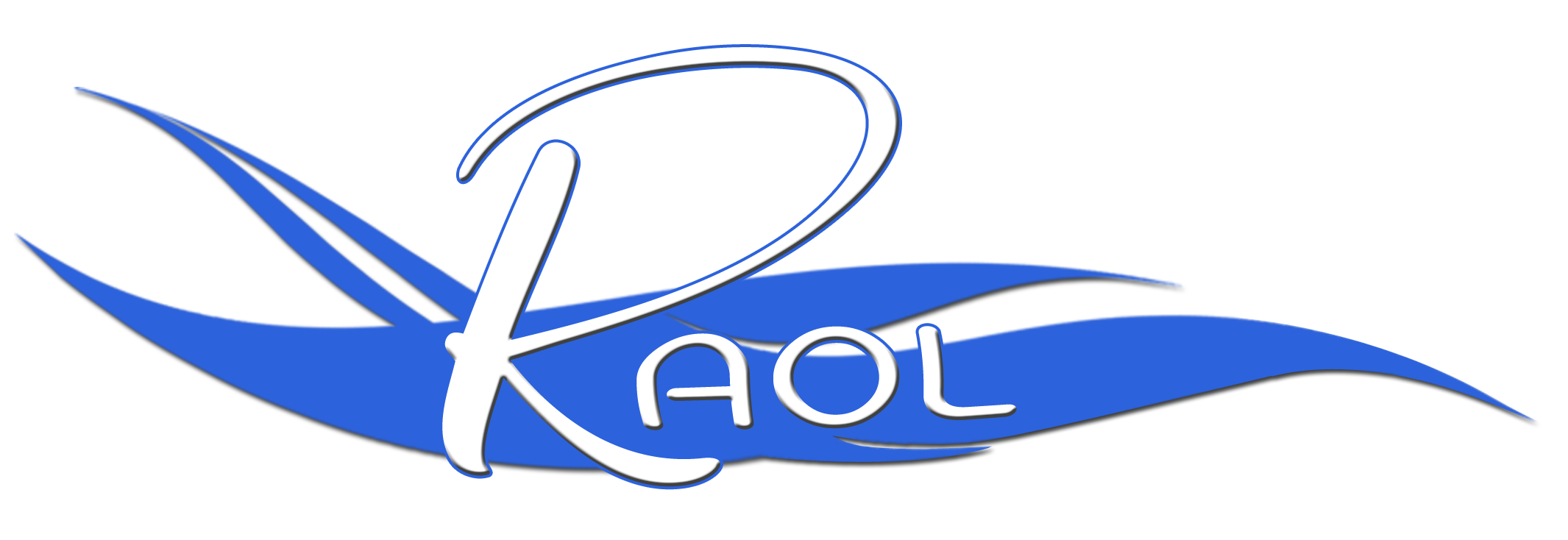THE MOST COMPREHENSIVE INDUSTRIAL REPLACEMENT PARTS SOURCE
Here, spare parts can be easily and quickly found, and a non-binding quote for your industrial devices can be ordered. Whatever brand or model you run, we satisfy even the most urgent needs thanks to a large stock of spare and wear parts, including those for machine models no longer in production.
Embroidery Machines and Parts
We are currently selling new and 2nd hand embroidery machines in brands like TAJIMA, LING YU, BARUDAN and most of the Chinese brands. All embroidery parts are genuine parts, s. We try to stock so you can decide which is best. Or call and ask us. We do not always recommend the highest priced part depending on your situation. Our goal is to form a long-lasting support role in your mission. Purchasers, owners, and managers always needs parts to keep machines running.
If you are a contract sewer, manufacturer or maker of specialty products, then come to us for all your industrial sewing and embroidery machine parts. If we don’t have it, we will do our very best to get it for you. Your goals are our main priority. We want you to thrive. So please set yourself up for success and purchase a spare parts kit for your machines today.
To make sure you stay up and running we make sure to carry all the following industrial sewing machine parts: • Spare Parts Kits • Knives • Bobbin Cases • Screws • Hook Bases • Bobbins • Loppers • Feet • Needle Plates • Feed Dogs • Needle Bars • Bobbin Winders • Slide Plates • and more…
Sewing Machine Parts
Since the sewing machine was first invented in the late eighteenth century, it has continued to evolve, getting better as technology improves. As the machines improve so do all the components. However, over time interior pieces will wear out. From the simplest zigzag sewing, to the most sophisticated automated set ups, all sewing and embroidery machines have a series of basic common components that must be known to maintain the machine for its’ full lifetime value.
At RAOL, you can find different parts of a sewing machine, discover what they are called, as well as what their function is. You’ll get more information if you subscribe to our newsletter or visit our blog regularly. Although every type of industrial AND embroidery sewing machine is different here are the common parts:
• Front Cover – Allows access to the machine shaft to grease it.
• Hand Wheel – Turn to lift foot, control fine movement in tight spots, or release a stitch.
• Knee bar – Raises and lowers the foot, higher than the handwheel.
• Top thread holders – Holds thread in place.
• Top thread guides – parts along thread path to hold thread at proper tension.
• Backstitch lever – press to reverse stitching, good for back tacking to lock a stitch.
• Bobbin Winder – Threads your next bobbin as you sew.
• Foot pedal – makes machine sew when pressed.
• Stitch Length Knob – Adjusts stitch length.
• Tension Knob – turn to adjust tension.
• Stitch Pattern Selector – On a digital display you can select the stitch with which the machine will sew based on the keys in the stitch display.
• Stitch Width Selector: Used to adjust the width of stitches in by simply turning the knob.
Small Industrial Sewing Machines Parts
• Bobbin Cover – Flat metal that slides to cover bobbin
• Feed dog– toothed metal strips that pull material as you sew
• Throat Plate – Flat metal guiding for seam allowances
• Foot – holds material down between stitches
• Bobbin – little spool that holds bottom thread
• Bobbin case – holds the bobbin
Industrial sewing machines parts are made with higher quality materials, for the most part, these days. However, some manufacturers are in a price war and will use cheaper materials to make the cheapest parts. We avoid selling this type of headache to our customers. A couple of final considerations for the newbies:
Stitch length and width selector
This is one of the things you should keep in mind when buying an industrial sewing machine. At the time of sewing and depending on the type it is, you will adjust the length of the stitch. It is ideal to have a machine that allows you to meet your requirements easily. For instance, if you need to adjust the width of a stitch, then you may want to consider a model that makes a zigzag stitch.
Proper Needles
There are many different types of needles. Depending on your machine and the thickness of your thread and material you will need to understand what needle will work best for your project. Therefore, we recommend that you know the machine’s restrictions on needle size. If you are trying to push for larger or smaller sizes outside the machine’s range, you may have to readjust the timing. This task is usually reserved when making large runs and not something you would do on a regular basis.
Industrial sewing machines do not handle multiple functions the way home sewing machines operate. If you are looking for versatility, you may want to consider a walking foot such as the Juki DNU1541s. Generally speaking, it allows for more designs and possibilities.
